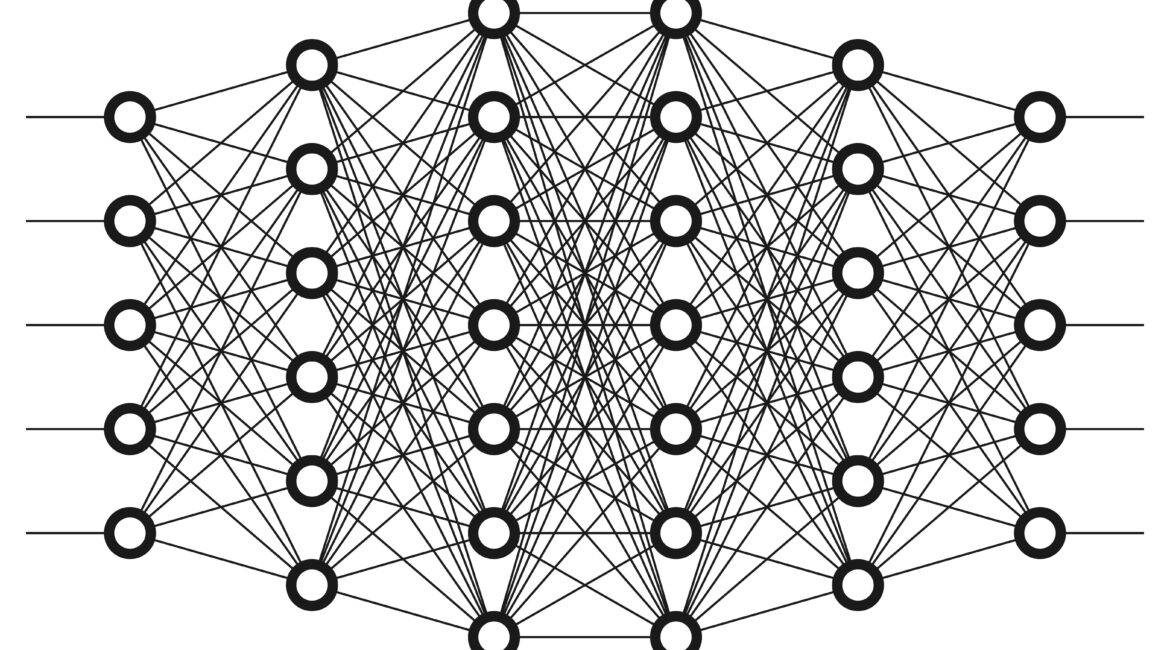The UK High Court recently issued a significant judgement on the application for a patent directed to an artificial intelligence network and overturned the UK IPO’s rejection of the patent application. The court disapproved the argument that the recommendation system, controlled by a trained artificial neural network (ANN), was excluded from patentability. The judge concluded that the invention in question did not even constitute a computer program and, if even it were to be considered a computer program, the invention had a technical effect.
The AI system’s purpose was to recommend similar songs to users. The system was trained on both the “semantic” and “musical” properties of the songs, and each song was associated with a pair of music files. The ANN was input separately with each of the music files, and these files clustered so that similar types of songs formed similar clusters. The main innovation seems to have been in the next step in which the similarity of scores from the musical ANN classification were adjusted to consider the results of the semantic ANN classification, and a single ANN incorporating both the semantic and musical degrees of similarity. The ANN was frozen and used to provide recommendations to users.
The UK IPO rejected the patent application on the grounds that it was a computer program ‘as such’ and did not have a technical effect. The IP Office applied tests set out by the Aerotel stages and the AT&T signposts to reach this conclusion. The hearing officer at the UK IPO did acknowledge that the invention was a significant improvement over the prior art.
The High Court agreed with the applicant and accepted their argument that the invention was not a computer program, but should be treated as a piece of hardware (or a software-emulated ANN). Therefore, the patent application could not be seen to be a computer program as such, which would not have been patentable.
The judge also considered whether there was in fact also a technical effect, and this effect would also be sufficiently substantial to avoid exclusion from patentability. As the judge set out in the case, it is not “just any old file, it is a file identified as being semantically similar by the application of technical criteria which the system has worked out for itself.”
The decision is favourable for AI innovators and shows that the UK courts are willing to grant patents for AI inventions that have external effects. It remains to be seen how the decision will be implemented by the UK IPO. The case will go back to the UK IPO Examiner for re-consideration, as the search is apparently incomplete.
The decision only mentions one item of case law from the European Patent Office, and the approach that the EPO takes in assessing whether an invention is excluded from lack of patentability is different from that of the UK. In particular, the EPO attempts to identify the contribution of the invention to the art by reference to existing prior art. This approach might lead to a different conclusion. More significantly, however, the EPO’s guidelines in G II 3.3.1 set out that artificial intelligence (and machine learning) are based on computational models and algorithms and apply the applicable case law. The UK High Court seems to be rejecting this approach by concluding that the ANN is not per se to be considered as a mathematical algorithm or computation model.





